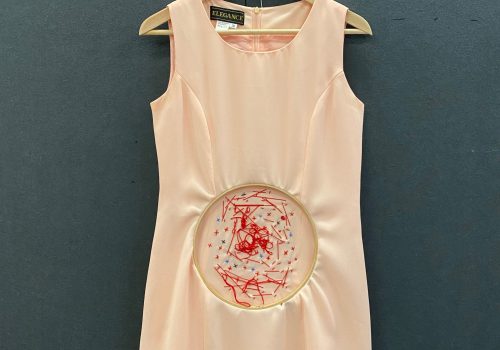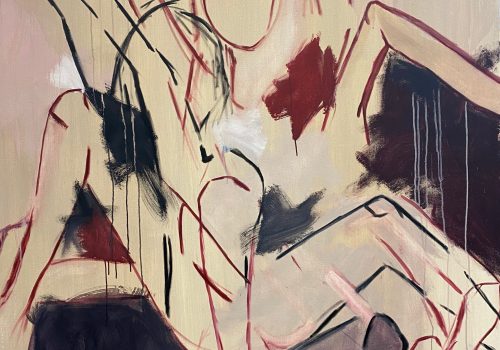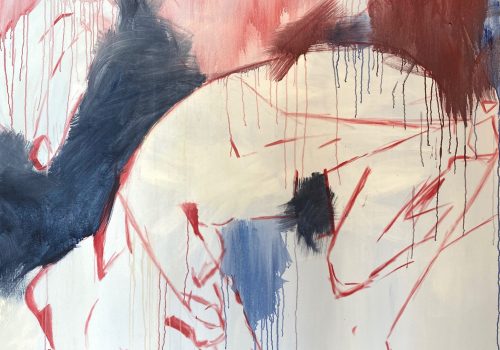I was inspired by T.S Eliot’s poem “The Wasteland” where he insinuates the knowledge of impending death. In interpreting this poem, I found that one may feel a certain comfort in the understanding that everything comes to an end. Taking this symbol of a wasteland, a place where things decompose, I used it as an image of acceptance. I aimed to convey feelings of hope through a stream of colour to depict light and goodness.






